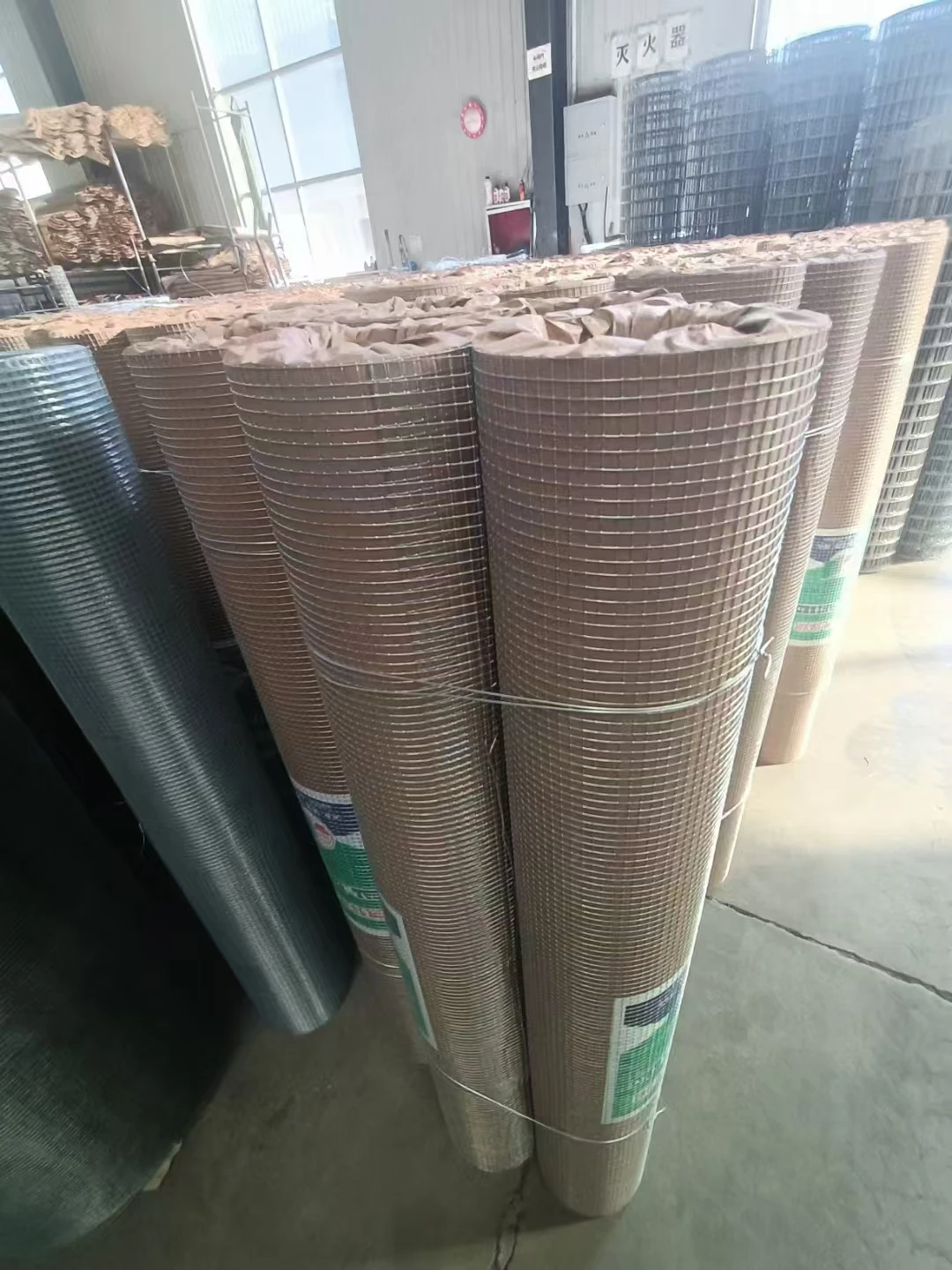-
 Afrikaans
Afrikaans -
 Albanian
Albanian -
 Amharic
Amharic -
 Arabic
Arabic -
 Armenian
Armenian -
 Azerbaijani
Azerbaijani -
 Basque
Basque -
 Belarusian
Belarusian -
 Bengali
Bengali -
 Bosnian
Bosnian -
 Bulgarian
Bulgarian -
 Catalan
Catalan -
 Cebuano
Cebuano -
 China
China -
 Corsican
Corsican -
 Croatian
Croatian -
 Czech
Czech -
 Danish
Danish -
 Dutch
Dutch -
 English
English -
 Esperanto
Esperanto -
 Estonian
Estonian -
 Finnish
Finnish -
 French
French -
 Frisian
Frisian -
 Galician
Galician -
 Georgian
Georgian -
 German
German -
 Greek
Greek -
 Gujarati
Gujarati -
 Haitian Creole
Haitian Creole -
 hausa
hausa -
 hawaiian
hawaiian -
 Hebrew
Hebrew -
 Hindi
Hindi -
 Miao
Miao -
 Hungarian
Hungarian -
 Icelandic
Icelandic -
 igbo
igbo -
 Indonesian
Indonesian -
 irish
irish -
 Italian
Italian -
 Japanese
Japanese -
 Javanese
Javanese -
 Kannada
Kannada -
 kazakh
kazakh -
 Khmer
Khmer -
 Rwandese
Rwandese -
 Korean
Korean -
 Kurdish
Kurdish -
 Kyrgyz
Kyrgyz -
 Lao
Lao -
 Latin
Latin -
 Latvian
Latvian -
 Lithuanian
Lithuanian -
 Luxembourgish
Luxembourgish -
 Macedonian
Macedonian -
 Malgashi
Malgashi -
 Malay
Malay -
 Malayalam
Malayalam -
 Maltese
Maltese -
 Maori
Maori -
 Marathi
Marathi -
 Mongolian
Mongolian -
 Myanmar
Myanmar -
 Nepali
Nepali -
 Norwegian
Norwegian -
 Norwegian
Norwegian -
 Occitan
Occitan -
 Pashto
Pashto -
 Persian
Persian -
 Polish
Polish -
 Portuguese
Portuguese -
 Punjabi
Punjabi -
 Romanian
Romanian -
 Russian
Russian -
 Samoan
Samoan -
 Scottish Gaelic
Scottish Gaelic -
 Serbian
Serbian -
 Sesotho
Sesotho -
 Shona
Shona -
 Sindhi
Sindhi -
 Sinhala
Sinhala -
 Slovak
Slovak -
 Slovenian
Slovenian -
 Somali
Somali -
 Spanish
Spanish -
 Sundanese
Sundanese -
 Swahili
Swahili -
 Swedish
Swedish -
 Tagalog
Tagalog -
 Tajik
Tajik -
 Tamil
Tamil -
 Tatar
Tatar -
 Telugu
Telugu -
 Thai
Thai -
 Turkish
Turkish -
 Turkmen
Turkmen -
 Ukrainian
Ukrainian -
 Urdu
Urdu -
 Uighur
Uighur -
 Uzbek
Uzbek -
 Vietnamese
Vietnamese -
 Welsh
Welsh -
 Bantu
Bantu -
 Yiddish
Yiddish -
 Yoruba
Yoruba -
 Zulu
Zulu
steel tread mesh
Understanding Steel Tread Mesh Features, Applications, and Benefits
Steel tread mesh is a versatile and robust material known for its functional properties and aesthetic appeal. As a vital component in various industries, steel tread mesh serves numerous purposes, from providing safety and traction to enhancing architectural design. This article will delve into the unique characteristics, applications, and advantages of steel tread mesh, making it an essential choice for both industrial and commercial use.
What is Steel Tread Mesh?
Steel tread mesh, also known as expanded metal mesh or perforated metal mesh, is created by compressing or stretching a flat sheet of steel to form a lattice-like structure. The design typically includes diamond-shaped openings, which not only reduce the weight of the material but also create a non-slip surface. The process of manufacturing tread mesh involves precision cutting and embossing, which enhances its strength and durability.
Key Features
1. Durability Steel tread mesh is known for its exceptional strength and resistance to wear, making it ideal for high-traffic areas. 2. Slip Resistance The textured surface of tread mesh provides excellent grip, reducing the risk of slips and falls, especially in environments that may become wet or greasy.
3. Lightweight Construction Despite its robust nature, the mesh is lightweight, making it easy to handle and install in various applications.
4. Versatility Available in a range of sizes and thicknesses, steel tread mesh can be customized to fit specific project requirements, further enhancing its usability.
5. Aesthetically Pleasing With its unique geometric patterns, steel tread mesh can contribute to the industrial aesthetic of modern designs, appealing to architects and designers alike.
Applications
Steel tread mesh finds numerous applications across multiple sectors
- Construction In construction projects, tread mesh is often used as flooring, walkways, and platforms. Its slip-resistant properties make it a popular choice in both residential and commercial buildings.
- Industrial Settings In factories and warehouses, steel tread mesh provides safety for workers, offering secure walkable surfaces in areas with heavy machinery
.steel tread mesh

- Architectural Design Architects use steel tread mesh as a decorative element in facades, railings, and barriers, enhancing both the functionality and visual appeal of buildings.
- Transportation Steel tread mesh is utilized in bridges, staircases, and vehicle ramps, offering safety and durability for both pedestrians and vehicles.
- Fencing and Enclosures It is also used for fencing applications, providing visibility while maintaining security, making it ideal for commercial properties.
Benefits
Choosing steel tread mesh offers several benefits
1. Enhanced Safety The slip-resistant surface significantly reduces the risk of accidents, ensuring a safer environment for all users.
2. Cost-Effective Its durability means lower maintenance costs over time, reducing the overall expenditure for businesses and homeowners.
3. Sustainability Steel is a recyclable material, making tread mesh an eco-friendly option for projects focusing on sustainability.
4. Long Lifespan The robustness of steel tread mesh allows it to withstand harsh weather conditions and heavy usage, ensuring a long-lasting solution.
5. Easy Installation The lightweight nature of tread mesh simplifies the installation process, potentially saving time and labor costs.
Conclusion
In summary, steel tread mesh is a multifaceted material that combines strength, safety, and aesthetic appeal. Its various applications across industries underline its importance in modern construction and design. Whether used in industrial settings, architectural projects, or safety solutions, the benefits of steel tread mesh make it an indispensable choice for many professionals. As industries continue to seek durable and effective materials, steel tread mesh stands out as a reliable option that meets both functional and aesthetic needs.
-
Shipping Plastic Bags for Every NeedNewsJul.24,2025
-
Safety Netting: Your Shield in ConstructionNewsJul.24,2025
-
Plastic Mesh Netting for Everyday UseNewsJul.24,2025
-
Nylon Netting for Every UseNewsJul.24,2025
-
Mesh Breeder Box for Fish TanksNewsJul.24,2025
-
Expanded Steel Mesh Offers Durable VersatilityNewsJul.24,2025











